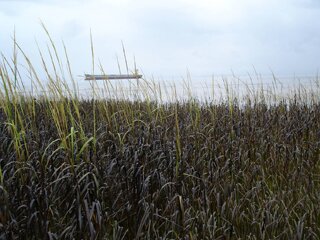When should clean-up operations be brought to a close - How clean is clean? (1998)
22 May 2014

Loic Kerambrun (CEDRE) and Hugh Parker (ITOPF)
Paper presented at '20 Years after the Amoco Cadiz' Symposium, 15-17 October 1998, Brest, France
At the outset of a major oil spill, it is hard to imagine how shorelines inundated with the thick black pollutant will ever be cleaned or that they will ever return to their original condition. Two facts are known as a result of these unfortunate experiences: first, these shorelines are eventually cleaned and second, that nature plays a very large part in that cleaning process. Whatever the scale of nature's part in this process there is always a very strong desire for society to accept responsibility for the repair of the damage to the environment and to attempt to accelerate the natural healing process through human intervention. Response to shoreline oiling focuses on protection of key resources and removal of bulk oil from the shoreline. Once gross contamination has been removed, carefully targeted clean-up activities may be able to limit pollution damage and influence the pace of natural recovery. How far this can be achieved and when such efforts should be abandoned are the subjects of this paper.
Categories: Response Techniques, Papers
